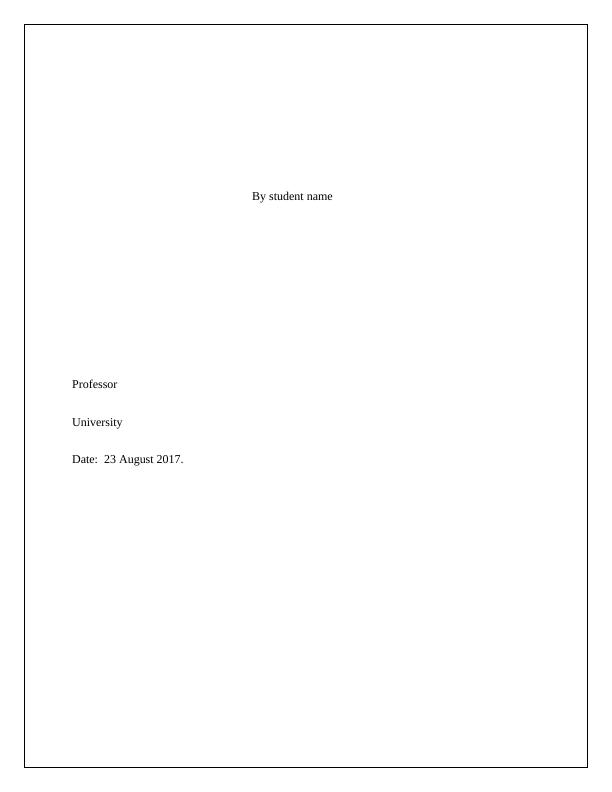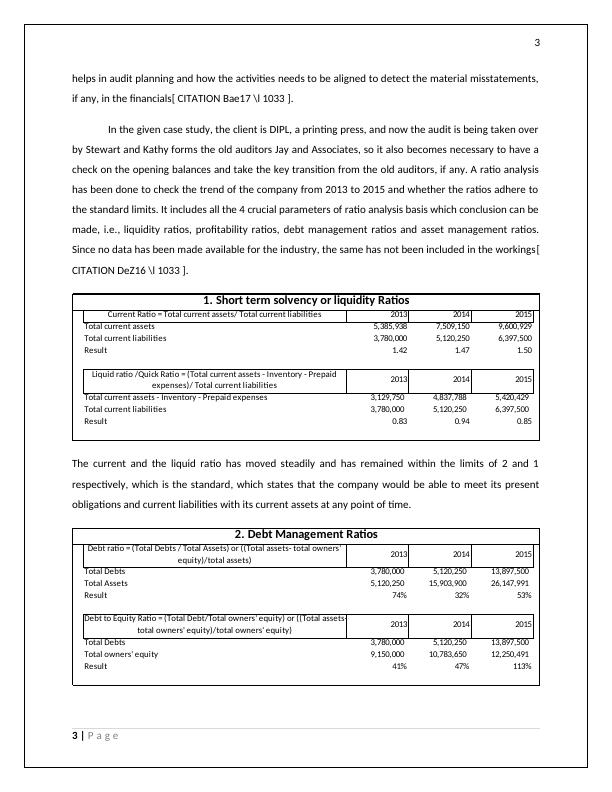HI6026 - Audit, Assurance and Compliance | Report
12 Pages2249 Words88 Views
Holmes Institute Sydney
Audit, Assurance and Compliance (HI6026)
Added on 2020-03-02
About This Document
HI6026 - The following document is based on your reading and understanding of the document. The paper has some questions answered based on your learnings. The paper has the following questions 1. Explain how results influence planning decisions for the audit if analytical procedures to the financial report information of DIPL for the last three year is applied. 2. Conduct risk assessment and find inherent risk factors that arise from the nature of DIPL’s business operations.
HI6026 - Audit, Assurance and Compliance | Report
Holmes Institute Sydney
Audit, Assurance and Compliance (HI6026)
Added on 2020-03-02
ShareRelated Documents
End of preview
Want to access all the pages? Upload your documents or become a member.
Audit Processes in Business and Finance
|11
|1950
|376
LUBS3550 - Introduction To Audit | Assignment
|10
|2392
|109
Auditing assurance and compliance - HI6026
|8
|1161
|38
HI6026 - Aspects and Methods of Auditing - Assignment
|9
|2047
|65
HI6026 - Audit, Assurance and Compliance
|9
|2190
|47
HI6026| The Audit, Assurance and Compliance
|10
|2217
|43




